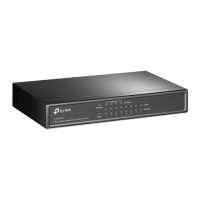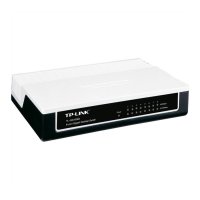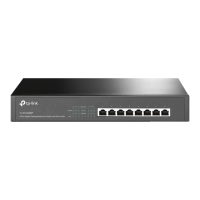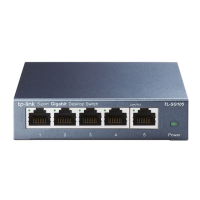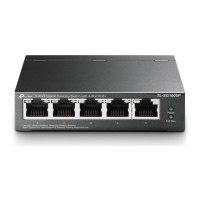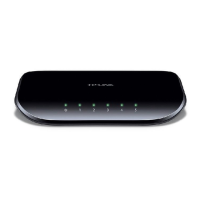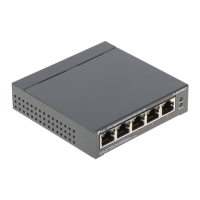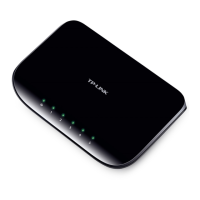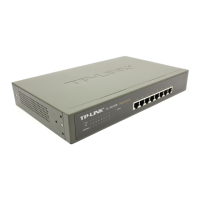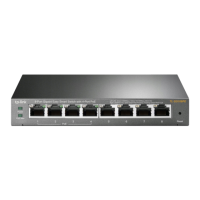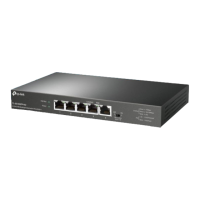Do you have a question about the TP-Link TL-SG1008PE and is the answer not in the manual?
Explains the switch's performance, cost, and upgrade capabilities for boosting networks.
Lists the technical specifications and standards complied with by the switches.
Describes the front and rear panels of the switches, including ports and LEDs.
Lists the items included in the switch package.
Provides essential rules to prevent device damage and bodily injury during use.
Lists the tools required for installing the switch.
Details the steps for installing the switch on a desktop or in a rack.
Discusses requirements for outdoor and indoor cabling to minimize lightning damage.
Explains how to connect the device to the ground for safety and lightning protection.
Explains the practice of electrically connecting earthed systems to create an equipotential zone.
Details the use of power and signal lightning arresters for device protection.
Describes how to connect a computer to the switch using an RJ45 cable.
Lists checks to perform after installing the device.
Explains how to connect the power cord and turn on the switch.
Details the Power-On Self-Test and LED behavior for different switch models.
Addresses common problems with Power LED and Link/Act LED indicators.
Explains the switch's performance, cost, and upgrade capabilities for boosting networks.
Lists the technical specifications and standards complied with by the switches.
Describes the front and rear panels of the switches, including ports and LEDs.
Lists the items included in the switch package.
Provides essential rules to prevent device damage and bodily injury during use.
Lists the tools required for installing the switch.
Details the steps for installing the switch on a desktop or in a rack.
Discusses requirements for outdoor and indoor cabling to minimize lightning damage.
Explains how to connect the device to the ground for safety and lightning protection.
Explains the practice of electrically connecting earthed systems to create an equipotential zone.
Details the use of power and signal lightning arresters for device protection.
Describes how to connect a computer to the switch using an RJ45 cable.
Lists checks to perform after installing the device.
Explains how to connect the power cord and turn on the switch.
Details the Power-On Self-Test and LED behavior for different switch models.
Addresses common problems with Power LED and Link/Act LED indicators.
| Ports | 8 |
|---|---|
| Fan Quantity | Fanless |
| Switching Capacity | 16 Gbps |
| Packet Forwarding Rate | 11.9 Mpps |
| MAC Address Table | 8K |
| Jumbo Frame | 9 KB |
| Packet Buffer Memory | 1.5 MB |
| Standards and Protocols | IEEE 802.3, IEEE 802.3u, IEEE 802.3ab, IEEE 802.3x |
| Network Media | 10BASE-T: UTP Cat. 3, 4, 5 (100m max), 100BASE-TX: UTP Cat. 5, 5e (100m max), 1000BASE-T: UTP Cat. 5, 5e (100m max) |
| Power Supply | AC 100-240V, 50/60Hz |
| Operating Temperature | 0°C~40°C (32°F~104°F) |
| Storage Temperature | -40°C~70°C (-40°F~158°F) |
| Operating Humidity | 10%~90% non-condensing |
| Storage Humidity | 5%~90% non-condensing |
